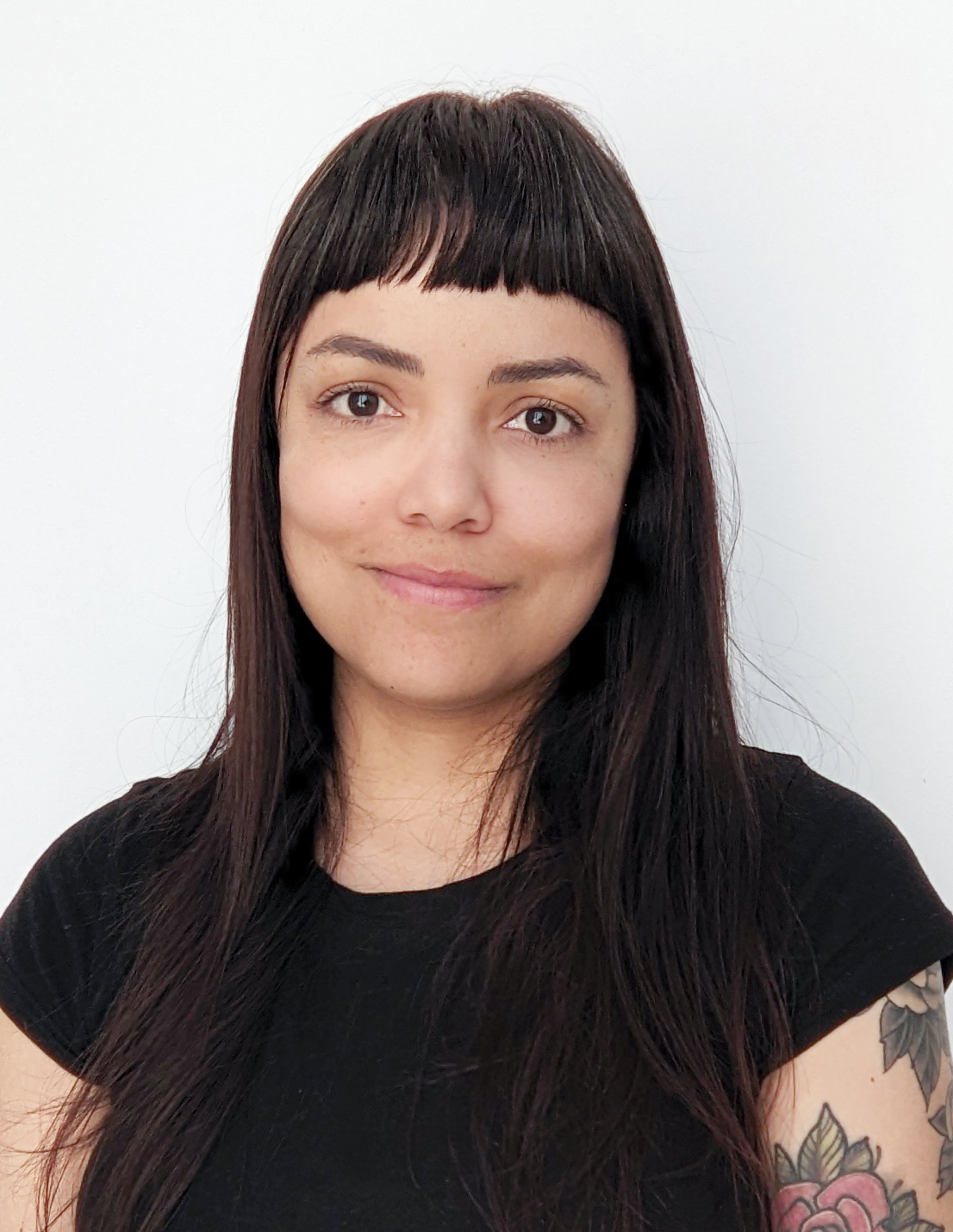Who is James McGoram?
I’m a digital designer and entrepreneur based in Auckland, New Zealand. I’ve run my own business for 20 years this year. I primarily advise businesses on digital strategy, provide design expertise on website & application development, and project manage digital teams. Alongside my professional work I have several unpaid roles in organisations for everything from political action on environmental issues through to health advocacy for those with a rare disorder. And when I’m not working I’m busy being a dad to two wonderfully smart and talented young women. It’s a busy schedule!
Tell us more about your role in Rare Disorders?
I am the current Chair of the board of trustees for Rare Disorders New Zealand (raredisorders.org.nz), a charity that provides a collective voice to those people & their families living with a rare disorder in New Zealand. This is a volunteer role I’ve taken on in the last year. I have a rare disorder myself, and experienced first-hand some of the challenges those in our community face. People with rare disorders make up as much as 6% of the population, and yet there is no specific framework in New Zealand for providing access to health & support services to this community. My role is to lead the governance team of our charity to ensure our staff are well-supported in achieving our mission. It also means fronting up to parliament to meet with MPs or cabinet ministers, speak with health officials, and meet with people that represent the almost 150 support groups we represent.
This is quite a change from my day-to-day role running my digital consultancy & development agency digitaladvisor.nz – which is the job I do in order to pay the bills! As any small business owner knows, you have to be a technology visionary one moment and an accounts clerk the next, doing everything from writing code to fetching coffee. However, we have a small & efficient team of very smart people producing some incredible work – and I’m fortunate that this gives me the freedom (both financially and in terms of my time) to pursue my other, charitable roles.
What is the most difficult part of your job? But the most rewarding one?
Balancing the needs and expectations of a wide variety of people & stakeholders. From the client/agency relationship in my digital work, through to the complex relationship between advocates, volunteers, officials, politicians, and staff in my non-profit work, I’m always trying to establish rapport & improve communication, often between groups of people with conflicting aims. Coming from a technology background, where so many hours are spent staring at a screen and looking at pixels and lines of code, these human relationships are always refreshing and inspiring – even when they challenge me!
Is there anything that you would change about your professional path?
That’s hard to say. My path hasn’t been straight: I studied Architecture, briefly went into publishing, then started my own technology business. While it sometimes feels that I’ve taken the long way around, those diversions also play an integral part of any success I have now. So I guess the answer is, no, I wouldn’t change it.
What’s your key strategy for the development of your company?
It sounds almost trite to say it, but continuous improvement. In my business we schedule time weekly to work on our systems and discuss our direction. In my non-profit work I encourage the same approach; to have clear goals, work consistently towards them, and find ways to improve the way we work towards them. It’s not flashy, but when adopted throughout your entire team it is extremely powerful.
What do you think about the next period of time, keeping in mind the pandemic and the new business climate? How will your industry be affected?
The past year has been a powerful catalyst for many old-school bricks & mortar businesses to engage with digital technology in a more meaningful way. Prior to Covid most companies would have had a website and a social media presence, but only saw these things as some sort of bolt-on to their core activities. What I’m seeing now are businesses that were reluctant to go digital in the past now looking to use digital technology in an integrated way: whether that is part of their production or supply chain processes, through to online ordering and account management. In an age where many workers have been physically separated or working from home, the technology has become the connective tissue holding companies together.
Similarly, for those living with a rare disorder, technology is helping them stay connected. The past year has been an extremely difficult time for people already coping with serious health conditions, and in some cases immuno-compromised. Access to healthcare & social support has been difficult, many people have reported worsened mental health, and in terms of finding political solutions to these issues it has been understandably more difficult to be seen as a priority by politicians and the public health sector. It’s interesting to see the role technology is playing in giving voice to some often very disenfranchised people.
Please name a few technologies which have the greatest impact on your business.
We use a great deal of open source and free software (‘free’ as in ‘liberty’, not as in beer) in our design business, and we have done so for most of the last twenty years. The collaborative, community approach of free software development ties-in well with our ethical philosophy, and has enabled us to scale our work cost-effectively without the risks inherent in proprietary software. From using Linux servers to the Django development framework, open-source software powers most of what we do.
Within non-profit organisations, where cost is a major factor, many are shifting to SAAS platforms to replace old manual spreadsheets or paper-based systems. The challenge here is around data security and staff training – but the advantages, in terms of the effectiveness of small teams and the leverage they can achieve, is enormous.
What books do you have on your nightstand?
There’s quite a pile! At the top is Thinking, Fast and Slow by Daniel Kahneman. An incredible book. Underneath that is Summertime by JM Coetzee for a bit of biographical fiction, and a translation of On the Nature of Things by Lucretius. I like to keep a mixture of essays, fiction, poetry, and history by the bedside – something for any mood!
Because of the current economic climate our publication has started a series of discussions with professional individuals meant to engage our readers with relevant companies and their representatives in order to discuss their involvement, what challenges they have had in the past and what they are looking forward to in the future. This sequence aims to present a series of experiences, recent developments, changes and downsides in terms of their business areas, as well as their goals, values, career history, the high-impact success outcomes and achievements.




